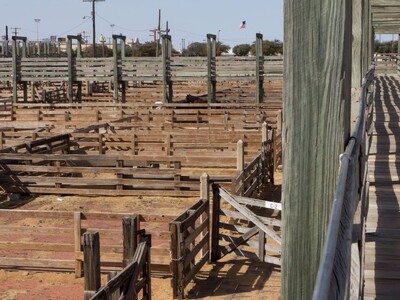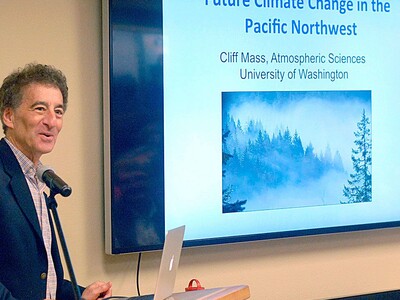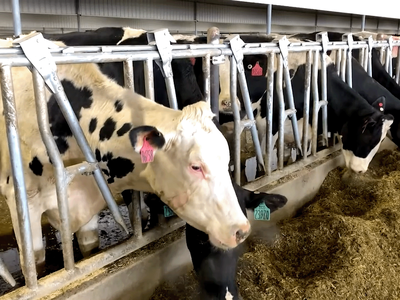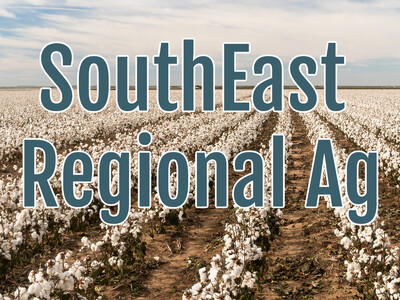Turkeys and ag
There is a huge habitat overlap for wild turkeys and agricultural land. Is there a specific agricultural entity, as in a corn farm versus a dairy that wild turkeys survive better in? Recent studies have shed some light on that and National Wild Turkey Federation spokesman Mark Hatfield explains.Wild turkeys hold significant importance as a game species within the state of Nebraska; however, officials from state agencies, land managers and hunters have documented a decrease in the wild turkey population throughout the state. Photo credit: Nebraskaland Magazine, Nebraska Game and Parks Commission.
According to the Nebraska Game and Parks Commission, the state's wild turkey population is estimated to have declined 45% from its peak 15 years ago. Current research from other states suggests that habitat loss coupled with predation are important factors affecting population declines. Consequently, habitat managers are focused on reducing potential interactions between nests and predators as a key strategy to address population declines.
In response to these observations, a new research endeavor will begin in winter 2023, investigating wild turkey survival and mortality as it relates to nest site selection in Nebraska.
In agricultural landscapes common to Nebraska, suitable nesting habitat is becoming patchy and more isolated. Historically, this has influenced the availability of suitable nesting cover for wild turkeys with the potential to affect nest survival. Previous research in another agricultural landscape suggested hens that chose nesting sites near forests and roads had greater probabilities of nest success than those that nested closer to agricultural fields.
This study aims to establish a connection between the occurrence and activity of potential nest predators (e.g., raccoons, opossums, coyotes) and the success of these nests. Additionally, researchers hope to better understand how the makeup of a landscape impacts potential predator activity at wild turkey nest sites. The objective is to enhance wild turkey productivity within agricultural-dominated landscapes common in Nebraska.
This research, led by Andrew Little, assistant professor at the University of Nebraska-Lincoln, will examine the differences in mammal predator activity in places where wild turkeys choose to make their nests compared to areas where turkeys avoid nesting.
“Our proposed work will develop a ‘mammal predator activity’ variable that will be used in turkey nest survival models and reveal if mammalian predators are more active in areas where turkeys nest and if predator activity is a key predictor in turkey nest success,” Little said.
Research conducted will measure the daily occurrence and activity of potential wild turkey nest predators across two NWTF areas of focus in western Nebraska. Additionally, researchers will evaluate human-made features (roads, structures, etc.) and land cover types that may influence these potential nest predators' daily movement.
Study sites in each region will include Wildlife Management Areas, walk-in access lands and privately-owned lands.















